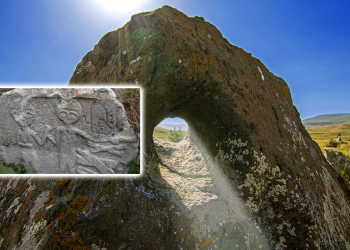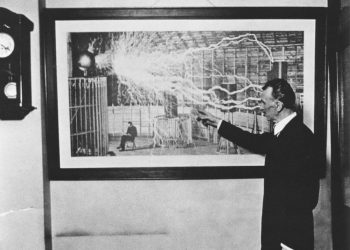Neanderthals disappeared from the Earth nearly 40,000 years ago, but their downfall began long before their last survivors faded into history. New evidence suggests that a dramatic population collapse hit them 70,000 years before extinction, triggering a genetic crisis that shaped their final generations. This event left them vulnerable, with dwindling diversity and a fragile future.
But what caused this ancient disaster? And why did Neanderthals—who once thrived across Europe and Asia—never recover?
The Rise of a Distinct Species
Long before they vanished, Neanderthals emerged from a chaotic period of human evolution. Early human species in the Middle Pleistocene intermingled, competed, and adapted, making it difficult to draw clear lines between them. Eventually, one group began to stand apart, forming the lineage that would become Neanderthals.
Their defining traits didn’t appear overnight. Fossils from Sima de los Huesos, Spain (dated to 430,000 years ago) represent an early stage of this transition. By the time Neanderthals reached sites like Krapina, Croatia (around 120,000 years ago), they had already developed many of their signature features—yet their population still held significant genetic diversity.
But something changed. Over time, that diversity plummeted, setting the stage for their eventual demise.
When and Why Did Neanderthals Decline?
Unlike modern humans—who show a vast genetic mix due to large, widespread populations—late Neanderthals became shockingly uniform in their genetic makeup. This hints at a major population collapse—an event that drastically reduced their numbers, limiting their ability to adapt.
When did this happen? A new analysis of Neanderthal fossils suggests that their decline occurred long after the Krapina period, most likely around 110,000 years ago. Researchers discovered this by studying an unusual part of the skull—the bony labyrinth of the inner ear—which holds clues about population diversity.
By comparing fossils from different time periods, they found that Neanderthals from Krapina showed far more variation than later Neanderthals. This means that whatever wiped out large portions of their population must have happened after 120,000 years ago.
What Triggered Their Near-Extinction?
The exact cause of this population disaster remains unknown, but several theories exist:
- Climate Catastrophe – Around 115,000 years ago, a sudden cooling event swept through Eurasia. If Neanderthals depended on stable environmental conditions, this shift could have devastated their numbers.
- Food Shortages – A drop in large prey populations may have left Neanderthals struggling to find enough food, pushing their numbers into decline.
- Competition with Other Humans – Early modern humans (Homo sapiens) were expanding around this time. Did early interactions with our ancestors undermine Neanderthal survival before the final extinction event?
- Disease – Some researchers speculate that a prehistoric pandemic could have hit small, isolated Neanderthal groups, leading to their genetic collapse.
A Lesson from the Past?
Understanding how Neanderthals met their end isn’t just a look into ancient history—it’s a warning. Their downfall highlights the fragility of species that lose genetic diversity and struggle to adapt to environmental shifts.
Could a similar fate await modern humans if we fail to protect biodiversity and prepare for climate change?
The final chapter of Neanderthals’ story is still being uncovered, and with each new discovery, we inch closer to solving the mystery of their demise. But one thing is clear: they were doomed long before their last footprints disappeared from the Earth.
Join the Conversation!
Have something to share or discuss? Connect with us on Facebook and join like-minded explorers in our Telegram group. For the latest discoveries and insights, make sure to follow us on Google News.











